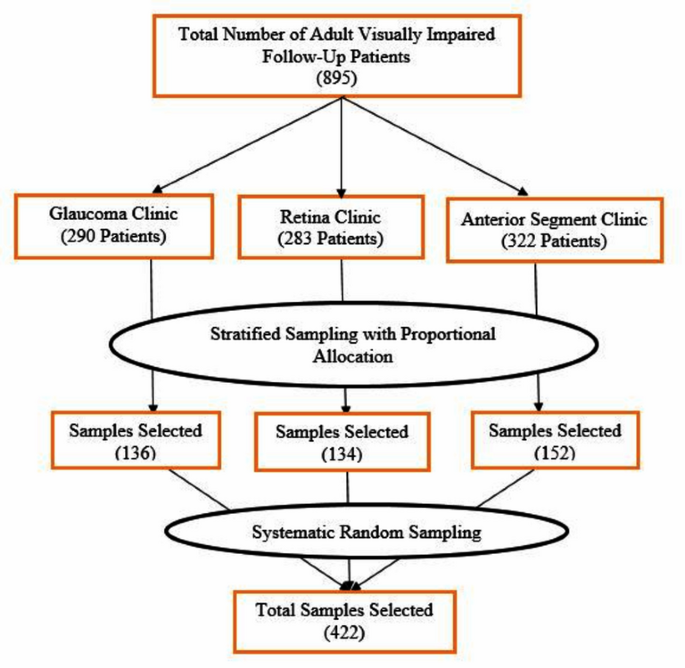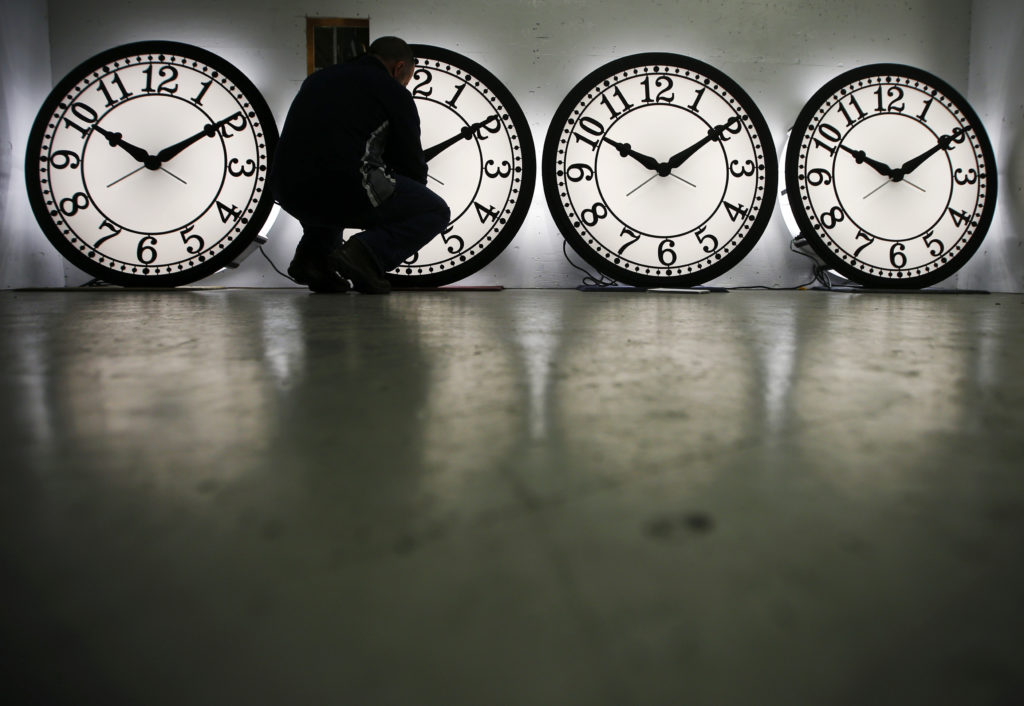New MCH laser prevents blindness in premature babies
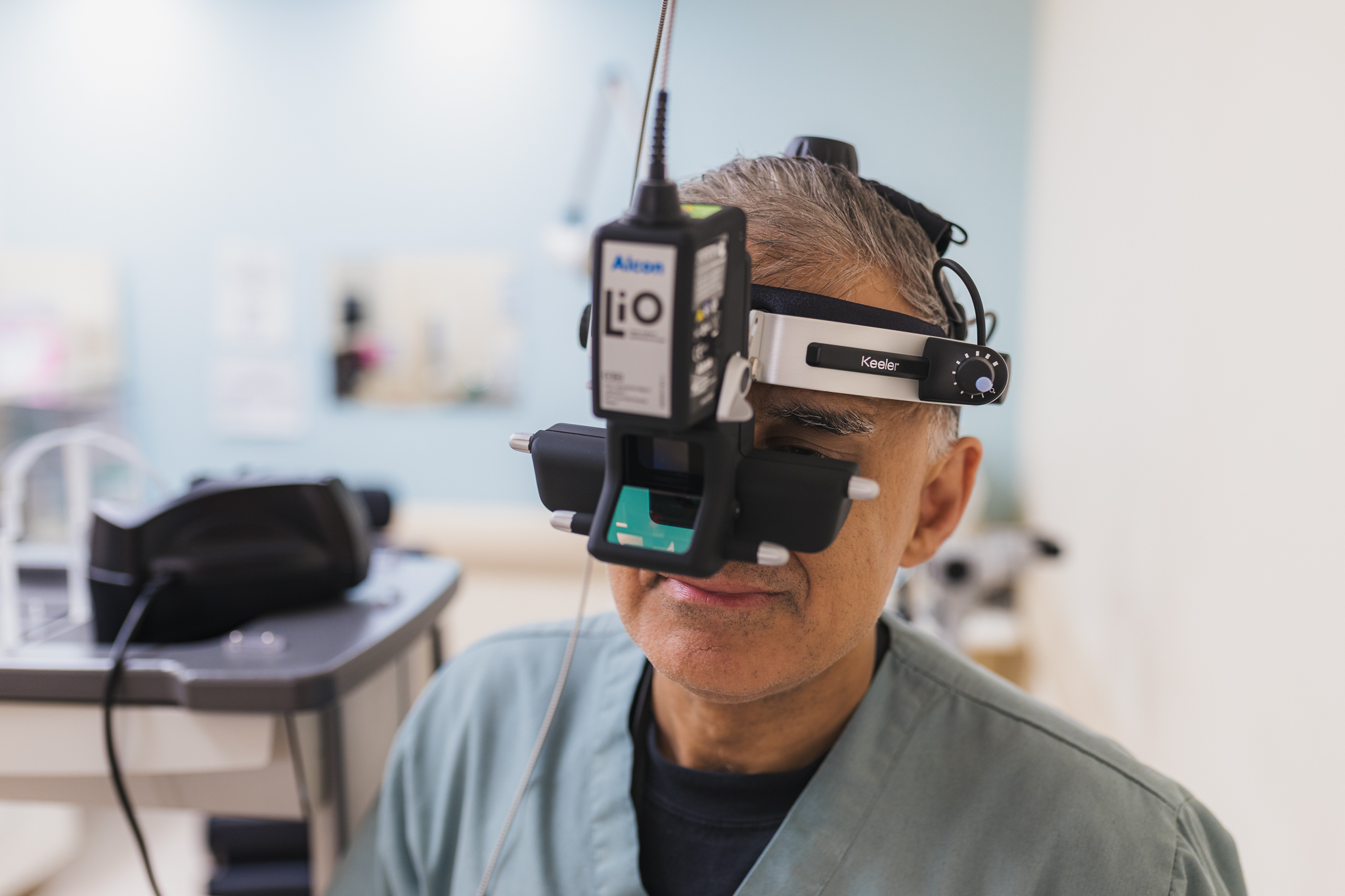
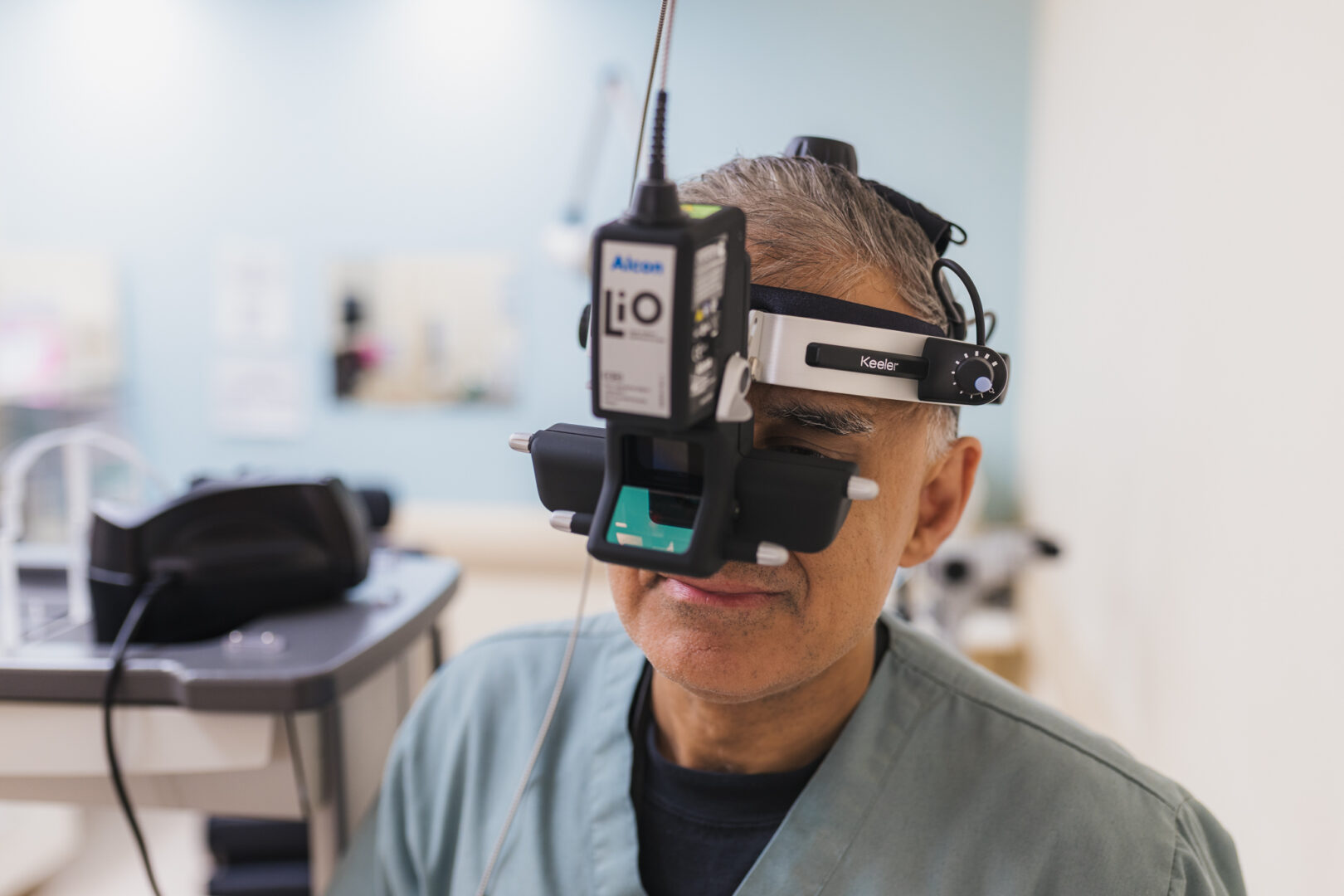
Dr. Kourosh Sabri, a pediatric ophthalmologist at HHS McMaster Children’s Hospital, is thrilled to welcome a new, sight-saving addition to infant eye care. The hospital received a specialized laser machine that can save the sight of premature babies in danger of permanent vision loss. The purchase was made possible thanks to a $120,000 grant from the Hamilton Health Sciences Foundation.
Premature babies in danger of vision loss because they were born very early can now have sight-saving laser eye surgery at Hamilton Health Sciences’ (HHS) McMaster Children’s Hospital (MCH).
The hospital recently received a specialized laser machine thanks to a $120,000 grant from the Hamilton Health Sciences Foundation, says Dr. Kourosh Sabri, a pediatric ophthalmologist at MCH. The laser is used to treat pre-term babies diagnosed with retinopathy of prematurity (ROP), an eye disease that develops when blood vessels in the retina grow abnormally. This abnormal growth can cause scar tissue, retinal detachment, and permanent vision loss.
Retinopathy of prematurity is common in premature babies, especially those born extra early or with a very low birth weight.
Expert care
Babies born extremely early or needing surgery are cared for in MCH’s Level 3 Neonatal Intensive Care Unit (NICU), the highest level of newborn intensive care in Ontario. The NICU at MCH is among the largest in Canada, with over 70 beds.
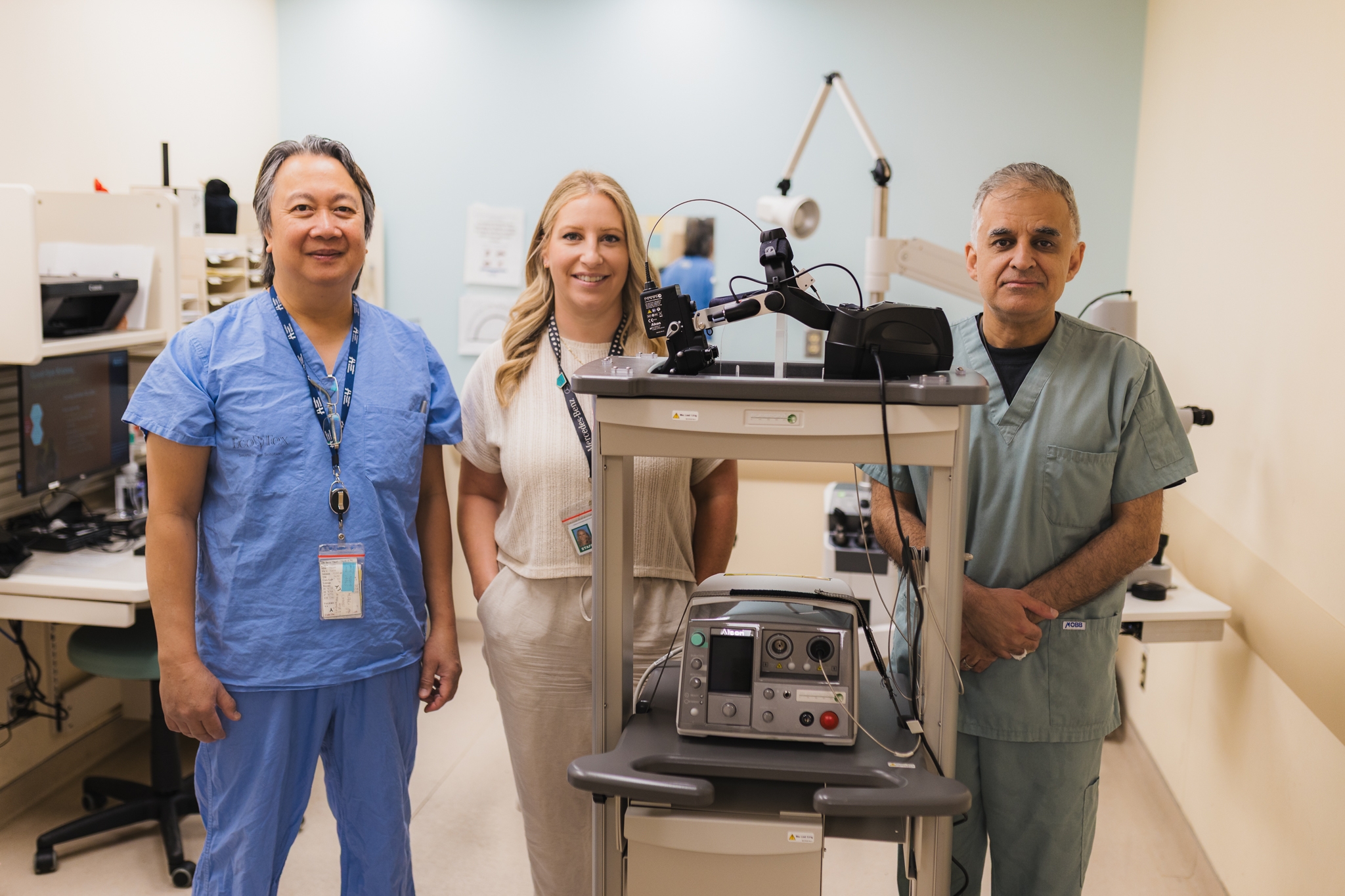
Service resource nurse Willy Ramos, OR manager Emily Peters, and pediatric ophthalmologist Dr. Kourosh Sabri welcome this specialized laser machine to HHS McMaster Children’s Hospital.
ROP is common in premature babies, especially those born extra early or with a very low birth weight. Babies weighing under three pounds at birth, or born at 32 weeks or earlier, are screened weekly for ROP. In any given week, 15 to 20 premature babies born at MCH and St. Joseph’s Healthcare Hamilton qualify for weekly ROP screening.
While most babies with ROP have mild cases and get better on their own, a small number need treatment by either an injection to the back of the eye or laser surgery.
Two treatment options
“In a typical year, 15 to 20 babies require treatment by injections or laser,” says Sabri. Most are successfully treated with injections, which work by blocking a protein called VEGF that promotes abnormal blood vessel growth in the retina. By suppressing VEGF, the abnormal vessels shrink and the risk of retinal detachment decreases. These injections are done at MCH.
But in a very small number of cases, on average one to two babies each year, injections either don’t work or aren’t an option, says Sabri. For example, their ROP may have advanced to the point where injections can’t stop the progression. Or injections were tried but didn’t work. For these tiny patients, laser surgery can be highly effective. But because MCH didn’t have a laser until recently, these babies were transported by ambulance to children’s hospitals in Toronto or London for this procedure.
Better than transport
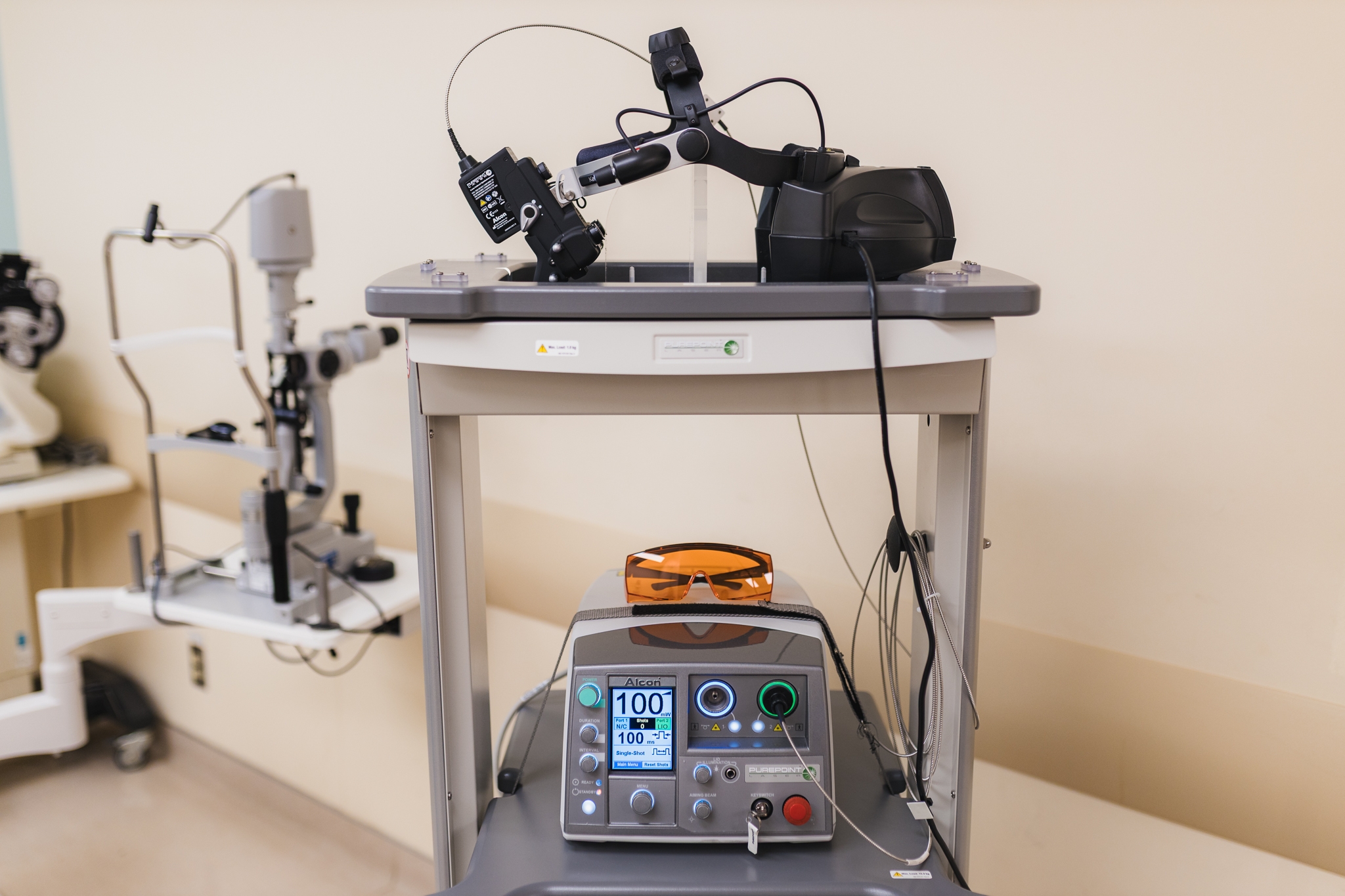
Premature babies in danger of permanent vision loss can now have sight-saving laser eye surgery at HHS McMaster Children’s Hospital.
Laser treatment works by targeting the part of the retina that isn’t developing normally, helping to stop abnormal blood vessels from growing while also protecting the baby’s vision. It’s safe, precise, and designed especially for tiny premature babies, says Sabri, adding that the past practice of transporting these very small, fragile patients to other cities for treatment was far from ideal.
“These were highly complicated patient transfers due to the extreme frailty of these very premature babies,” says Sabri. “These transfers were also costly to the health-care system, since babies were being taken by ambulance to other cities, and escorted by a specialized NICU transport team. Laser treatment here at MCH is a safer and less costly solution.”
While MCH’s laser is only expected to treat one or two babies a year, it won’t sit idle.
“The primary reason for this purchase was to treat these very sick, premature babies in our Level 3 NICU, but we can also use the laser to treat older children with a retinal tear or hole,” says Sabri.
Related Posts
link

